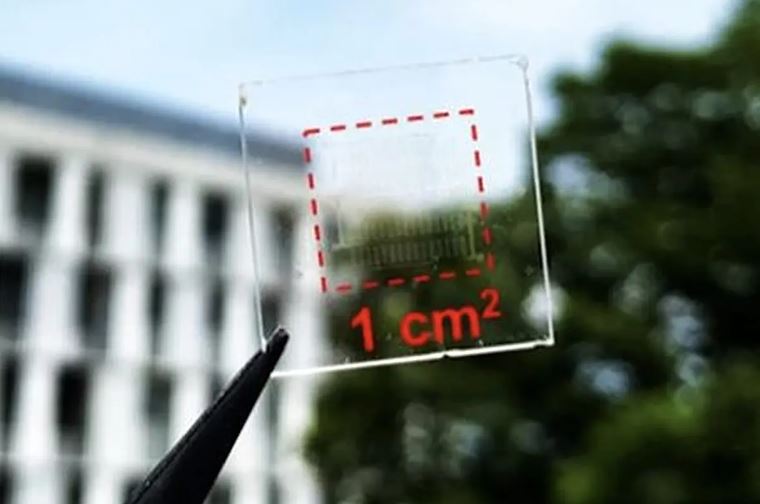An almost invisible solar cell to integrate anywhere
(Sustainabilityenvironment.com) – Comes from Japan and more precisely from Tohoku University of Sendai, the new transparent photovoltaic. Here a group of researchers, led by Professor Toshiaki Kato, has developed an almost invisible solar cell that can produce electricity and simultaneously pass 80% of the incident light.
An important result when compared to the current state of technology. In recent years transparent solar devices have attracted a lot of attention thanks to the wide range of possible integrations. However, despite continued advancements in the field thanks to perovskite solar cells and organic semiconductors, the average visible transparency has never exceeded 70%.
Read also UK: a new perovskite ink for a very thin photovoltaic
Among the most promising candidates for this technology, there is today a family of two-dimensional semiconductor materials called TMDC and formed by a transition metal and a group 16 element of the periodic table. What is a solar cell with TMDC? In detail they are presented as a sort of transparent and flexible atomic sheet, almost perfect for the task to be performed. You need to use a substrate and electrodes that are equally transparent.
The recipe for transparency
The work of Tohoku University started here by creating a cell with a metal/semiconductor junction (called the Schottky junction) based on indium tin oxide (ITO), as an electrode, and tungsten disulfide (WS2) – a TMDC – as a photoactive layer. The team of scientists managed to precisely control the interface between the electrode and the semiconductor, inserting a very thin layer of copper and one of tungsten trioxide (WO3).
The design has allowed not only to obtain a solar cell almost invisible to the naked eye but also to increase by more than 1,000 times the conversion efficiency compared to a similar device but with simple ITO electrode. The group also studied manufacturing on a large scale, creating a small cell of 1 cm2, with a power of 420 PW and a very average transmission value of visible light of 79%. “Using this technology, in the future, it will be possible to generate small amounts of energy in various environments around us,” reads the University’s press release. “And we can expect innovative social contributions that can solve energy and environmental problems at the same time”. The research was published in Nature.

